The Best Companion Plants For Tomatoes And Peppers
The Best Companion Plants for Tomatoes and Peppers
Tomatoes and peppers are two of the most popular vegetables to grow in home gardens. They are both relatively easy to care for, but they can benefit from being planted near certain other plants. Companion planting is the practice of planting different types of plants together in a way that benefits both plants. There are many different companion plants that can be beneficial for tomatoes and peppers, but some of the best include:
- Basil: Basil is a classic companion plant for tomatoes. It not only helps to improve the flavor of tomatoes, but it also helps to repel pests like aphids and mosquitoes.
- Marigolds: Marigolds are another great companion plant for tomatoes. They help to repel nematodes, which are microscopic worms that can damage tomato roots. Marigolds also attract beneficial insects like ladybugs, which prey on tomato pests.

- Onions and garlic: Onions and garlic have strong scents that can help to repel pests like thrips and whiteflies. They can also help to improve the flavor of tomatoes.

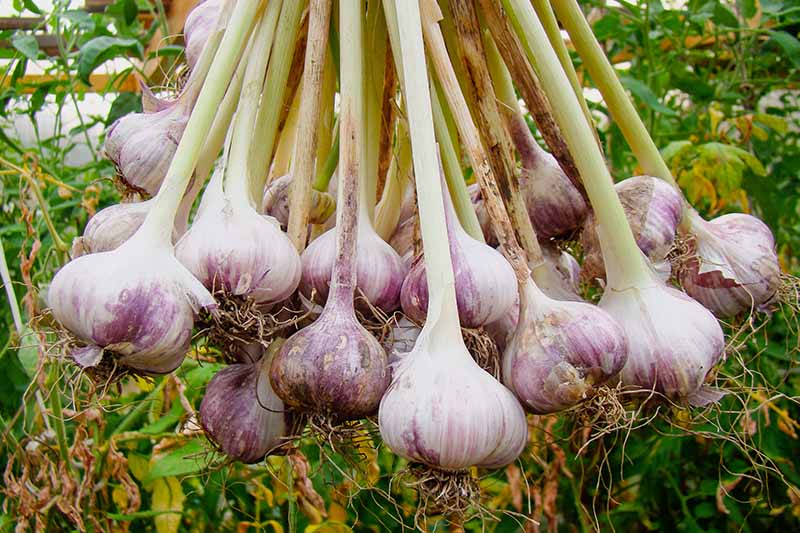
- Asparagus: Asparagus is a nitrogen-fixing plant, which means that it provides nitrogen to the soil. This can help to improve the growth of tomatoes and peppers.

- Celery: Celery helps to attract beneficial insects like ladybugs and hoverflies. These insects prey on tomato pests, helping to keep your plants healthy.

- Lettuce: Lettuce is a low-growing plant that can be planted between tomato plants. It helps to suppress weeds and improve soil aeration.
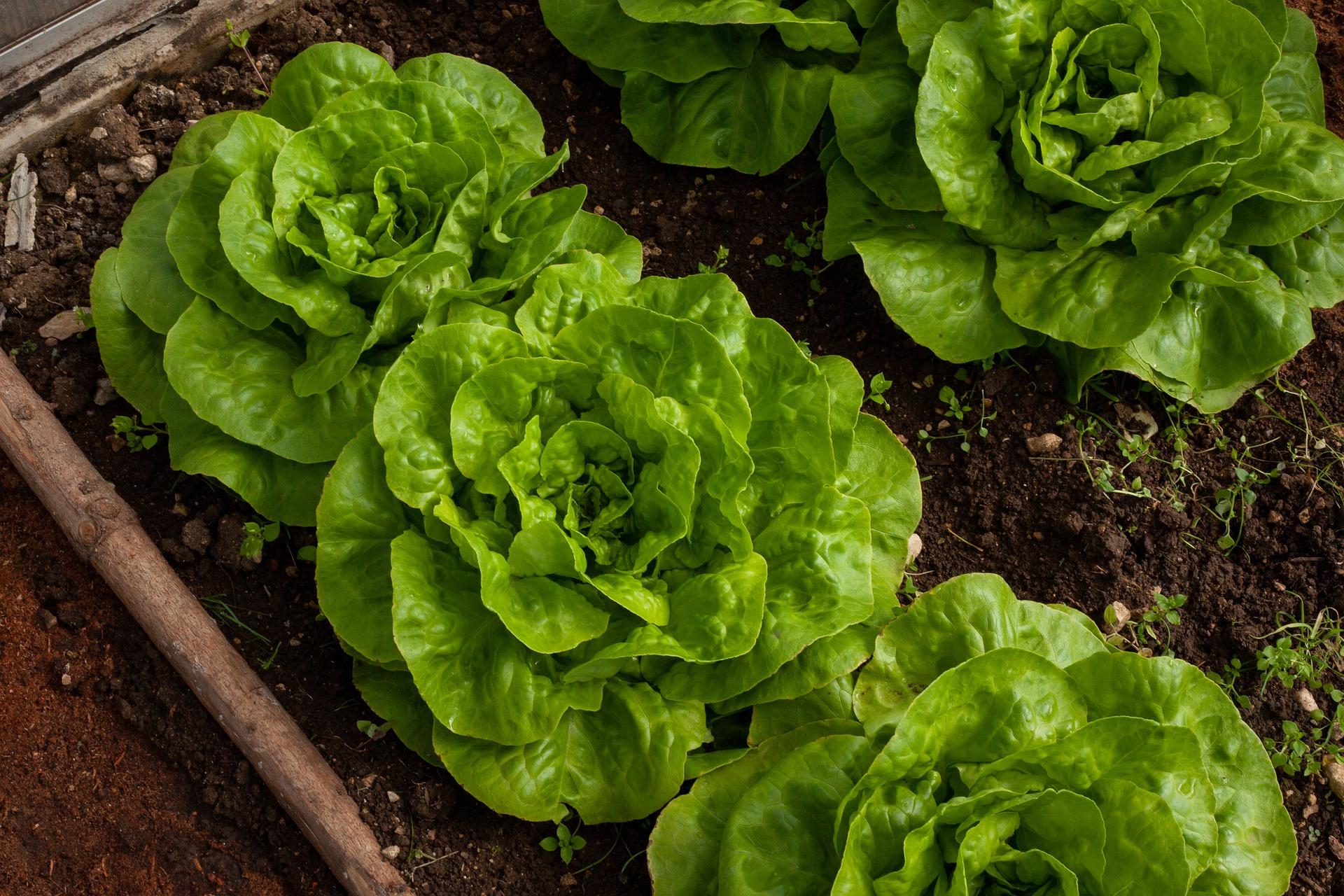
- Borage: Borage has nectar-rich flowers that attract beneficial insects like bees and butterflies. These insects help to pollinate tomato plants, which leads to better fruit production.
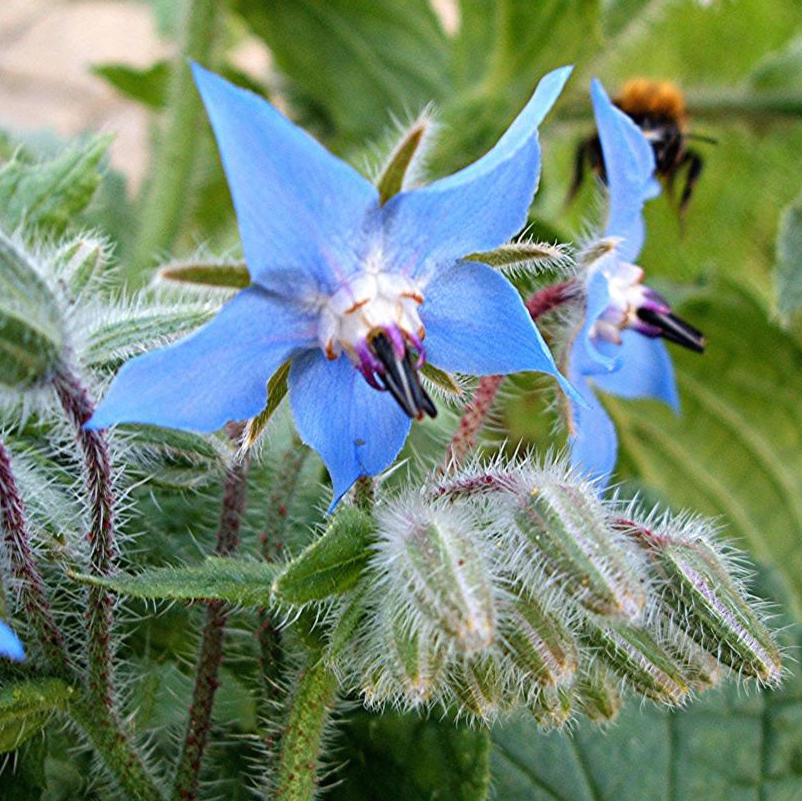
- Nasturtiums: Nasturtiums have a strong scent that can help to repel pests like aphids and whiteflies. They can also help to improve the flavor of tomatoes.

In addition to these plants, there are a number of other companion plants that can be beneficial for tomatoes and peppers. Some other good options include:
- Beans: Beans fix nitrogen in the soil, which can help to improve the growth of tomatoes and peppers.
- Carrots: Carrots help to improve the drainage of soil, which can help to prevent tomato plants from developing root rot.
- Cucumbers: Cucumbers help to suppress weeds and improve air circulation around tomato plants.
- Peas: Peas fix nitrogen in the soil, and they can also help to shade the roots of tomato plants, which can help to prevent them from overheating.
- Spinach: Spinach helps to suppress weeds and improve soil aeration.
When choosing companion plants for tomatoes and peppers, it is important to consider the specific needs of each plant. For example, tomatoes need full sun and well-drained soil, while peppers can tolerate partial shade and less-drained soil. It is also important to avoid planting companion plants that have similar nutrient requirements, as this can lead to competition for nutrients.
By planting the right companion plants together, you can help to improve the growth, health, and productivity of your tomatoes and peppers. So next time you are planning your garden, be sure to consider some of these beneficial plants.
Tomatoes and peppers are two popular vegetables that are often grown together in gardens. While they are both members of the nightshade family, they can actually be beneficial companion plants for each other. Tomatoes can help to deter pests from peppers, while peppers can help to improve the flavor of tomatoes.
Here are some of the best companion plants for tomatoes and peppers:
- Basil: Basil is a well-known companion plant for tomatoes. It helps to repel pests such as aphids, whiteflies, and mosquitoes. Basil also enhances the flavor of tomatoes. Gardenia Inspiration
- Cilantro: Cilantro is another herb that is beneficial for tomatoes. It helps to attract beneficial insects such as ladybugs and hoverflies, which prey on pests. Cilantro also helps to improve the flavor of tomatoes.
- Dill: Dill is a good companion plant for peppers. It helps to deter pests such as aphids and spider mites. Dill also helps to improve the flavor of peppers.
- Fennel: Fennel is another good companion plant for peppers. It helps to deter pests such as aphids and carrot flies. Fennel also helps to improve the flavor of peppers.
- Marigolds: Marigolds are not only beautiful flowers, but they are also beneficial companion plants for tomatoes and peppers. They help to repel pests such as nematodes, aphids, and whiteflies.
If you are looking to grow tomatoes and peppers in your garden, I recommend doing some research on companion planting. There are many different plants that can be beneficial for these vegetables, and by planting them together, you can help to improve their growth and productivity.
For more information on tomato and pepper companion plants, please visit Gardenia Inspiration.
FAQ of tomato and pepper companion plants
- What are good companion plants for tomatoes and peppers?
Some good companion plants for tomatoes and peppers include:
- Basil: Basil is a natural insect repellant that can help to protect your tomato and pepper plants from pests. It also helps to improve the flavor of tomatoes.
- Cucumbers: Cucumbers help to suppress the growth of harmful fungi, which can be beneficial to tomatoes and peppers. They also help to attract pollinators.

- Marigolds: Marigolds are another natural insect repellant that can help to protect your tomato and pepper plants from pests. They also help to improve the drainage of the soil, which can be beneficial to tomatoes.

- Onions: Onions help to repel nematodes, which are harmful pests that can damage tomato and pepper roots. They also help to improve the flavor of tomatoes.

- Spinach: Spinach helps to suppress the growth of weeds, which can compete with tomato and pepper plants for water and nutrients. It also helps to improve the nitrogen content of the soil, which can be beneficial to tomatoes and peppers.

- What are bad companion plants for tomatoes and peppers?
Some bad companion plants for tomatoes and peppers include:
- Eggplant: Eggplant and tomatoes are both susceptible to the same pests and diseases, so planting them together can increase the risk of infection.
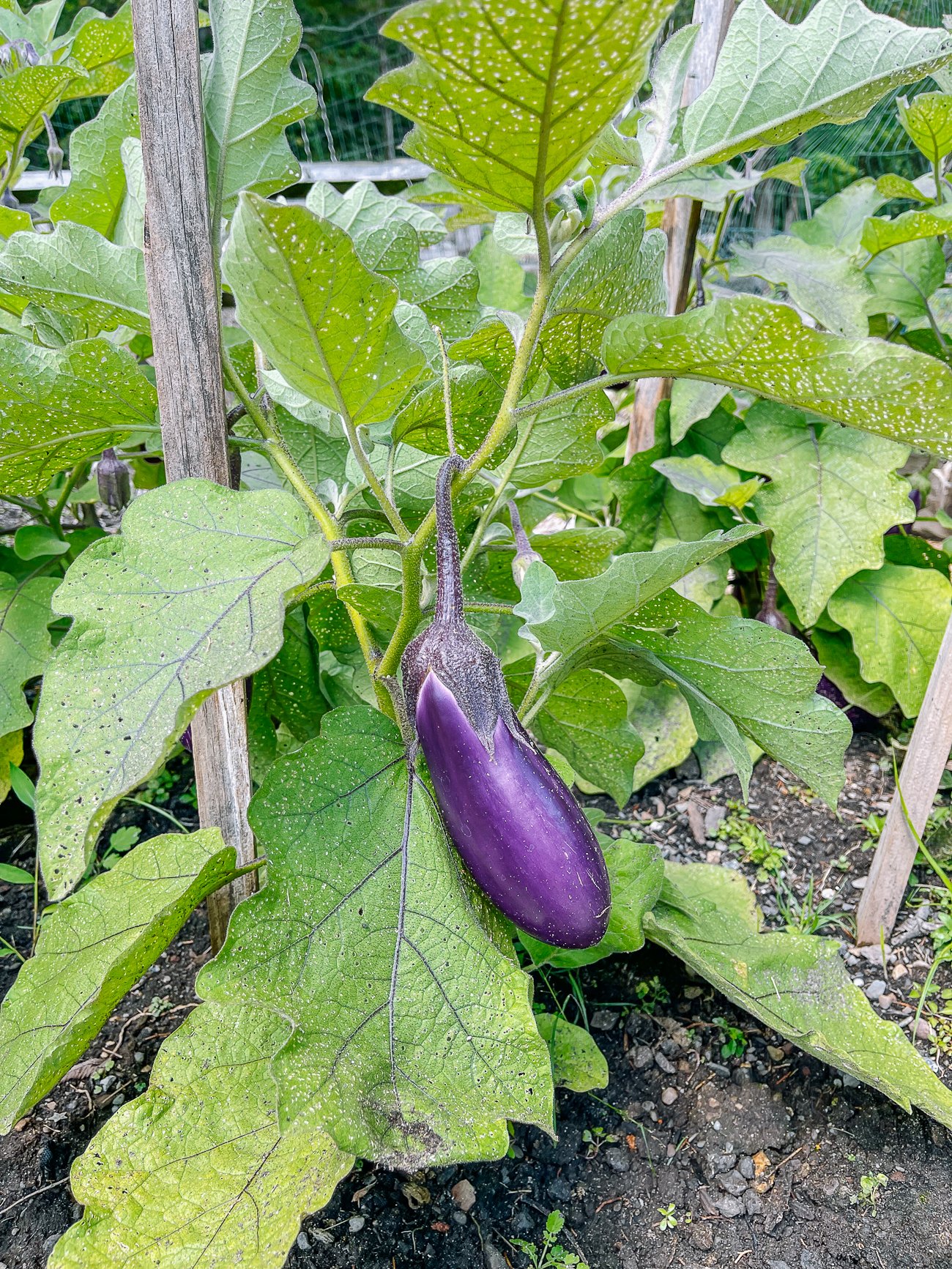
- Kale: Kale can attract pests that can damage tomato and pepper plants.

- Melons: Melons and tomatoes compete for the same nutrients, so planting them together can stunt their growth.
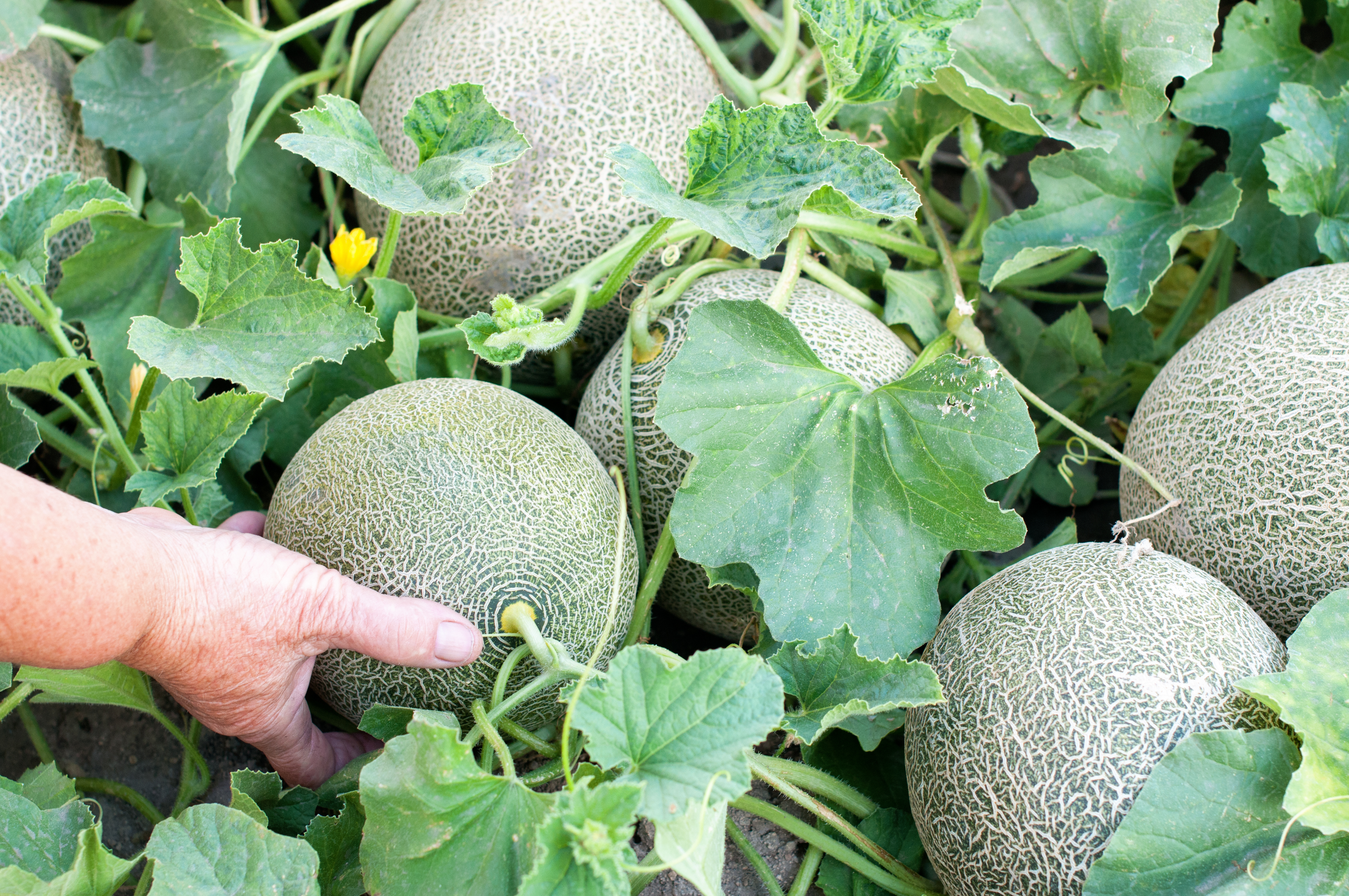
- Potatoes: Potatoes and tomatoes are both susceptible to the same pests and diseases, so planting them together can increase the risk of infection.

- Squash: Squash can attract pests that can damage tomato and pepper plants.
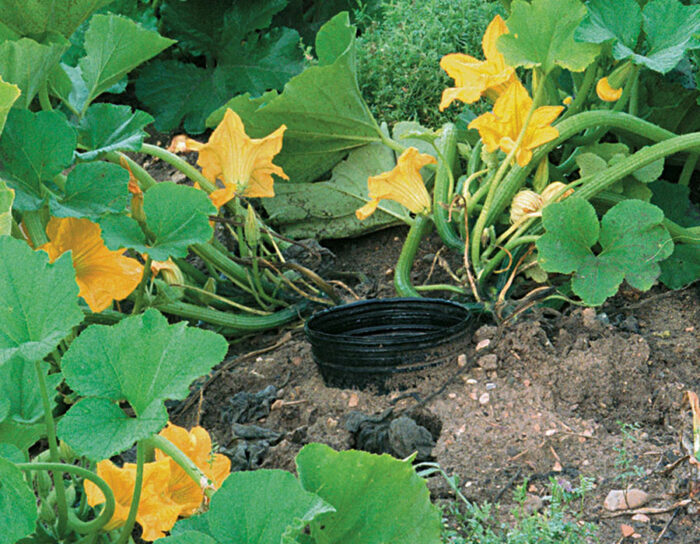
- How do you support pepper and tomato plants?
Pepper and tomato plants can grow quite large, so they may need support to prevent them from toppling over. There are a few different ways to support pepper and tomato plants, including:
- Stakes: Stakes are a simple and effective way to support pepper and tomato plants. Simply drive a stake into the ground next to each plant and tie the plant to the stake with garden ties.
- Trellises: Trellises are a more decorative way to support pepper and tomato plants. They can also help to maximize space in your garden.
- cages: Cages are a good option for supporting large tomato plants. They provide sturdy support and can help to keep the fruit off the ground, where it is less likely to be damaged by pests or diseases.
- How often do you water tomato and pepper plants?
Pepper and tomato plants need regular watering, especially during hot, dry weather. The best way to determine how often to water your plants is to check the soil moisture. The soil should be moist but not soggy.
- How do you fertilize tomato and pepper plants?
Pepper and tomato plants need regular fertilization to produce a bountiful harvest. You can use a balanced fertilizer, such as a 10-10-10 fertilizer, or a fertilizer specifically formulated for tomatoes and peppers. Fertilize your plants every 2-4 weeks, following the directions on the fertilizer label.
Image of tomato and pepper companion plants
Here are 5 different images of tomato and pepper companion plants from Pinterest:
- Basil. Basil is a popular companion plant for tomatoes because it helps to repel pests and attract beneficial insects. It also helps to improve the flavor of tomatoes.
- Marigolds. Marigolds are another popular companion plant for tomatoes. They help to repel nematodes, which are root-eating pests that can damage tomatoes.
- Cucumbers. Cucumbers and tomatoes can be planted together because they have similar growing requirements. They also help to shade each other from the sun, which can help to prevent blossom end rot in tomatoes.
- Onions. Onions help to repel aphids, which are common pests of tomatoes. They also help to improve the flavor of tomatoes.

- Spinach. Spinach can be planted under tomatoes to help suppress weeds and improve the soil. It also helps to attract beneficial insects that help to control pests.

Post a Comment for "The Best Companion Plants For Tomatoes And Peppers"